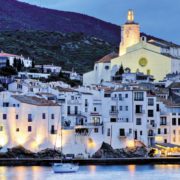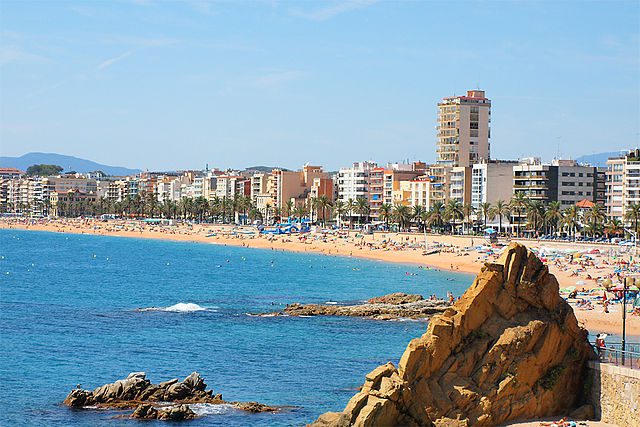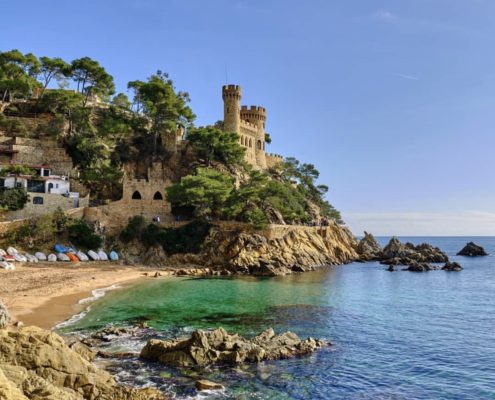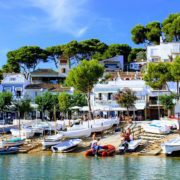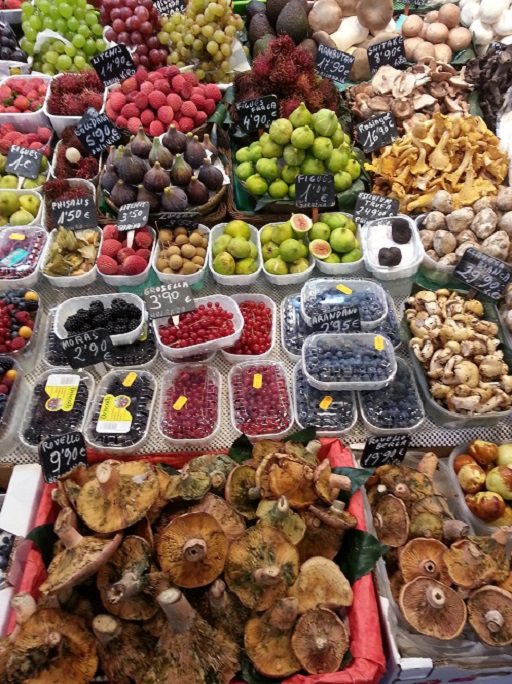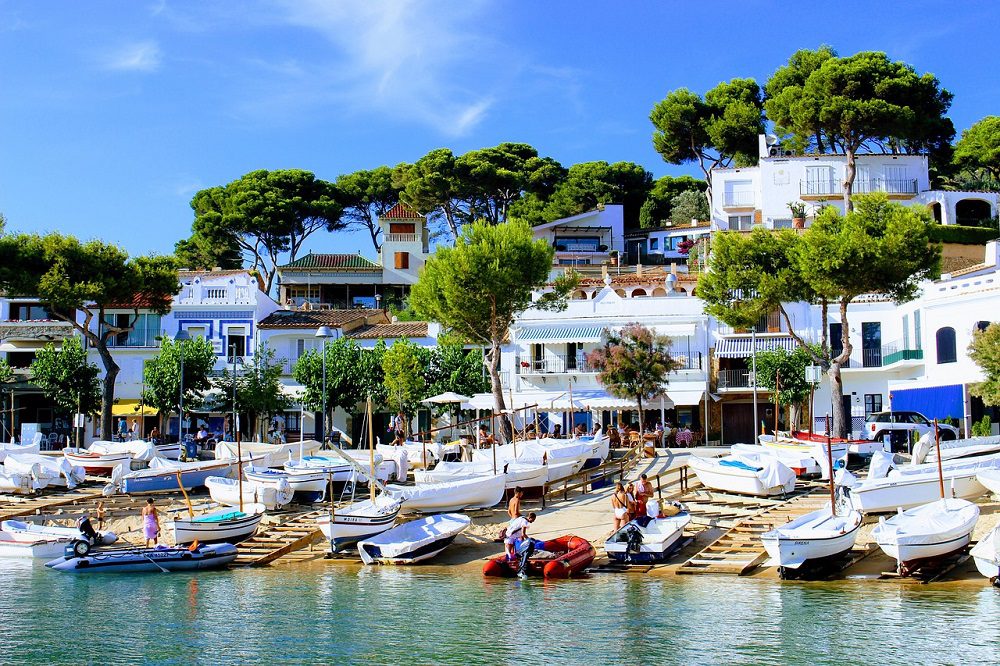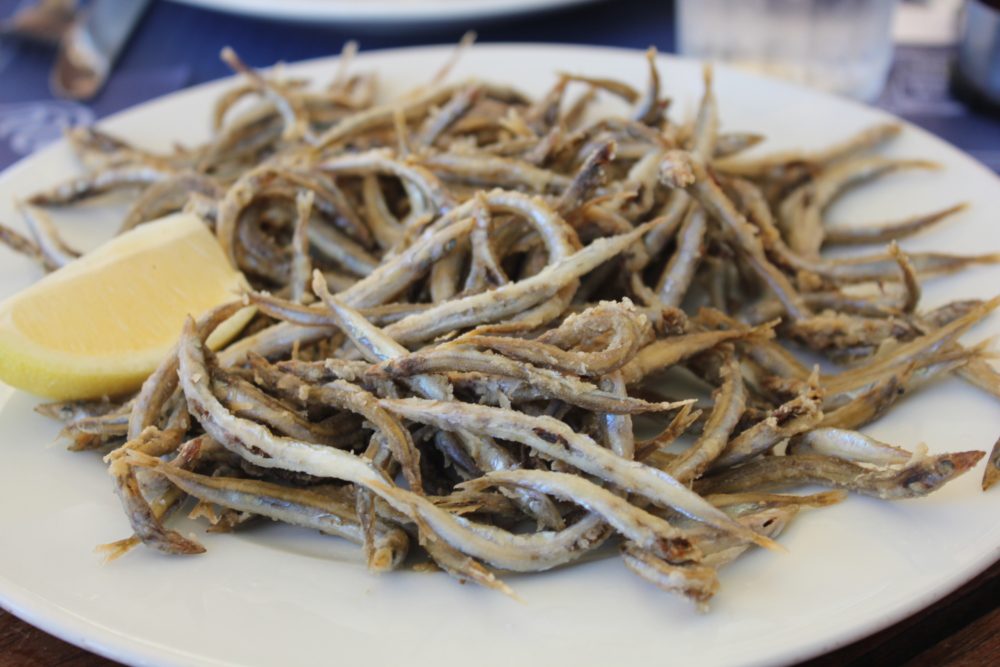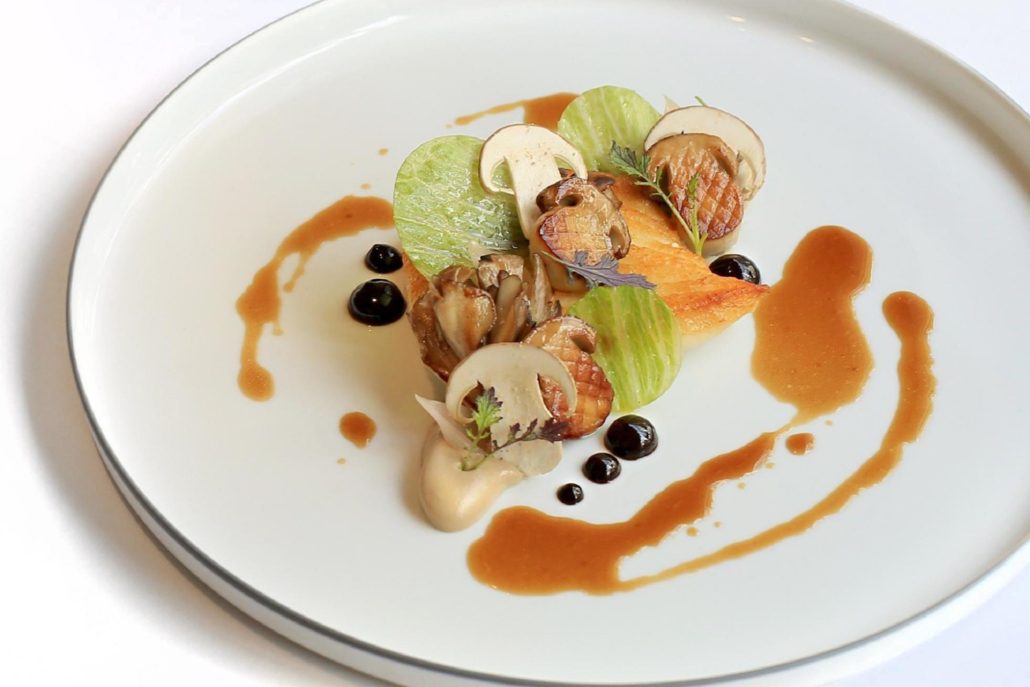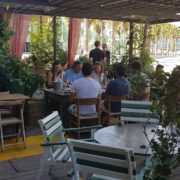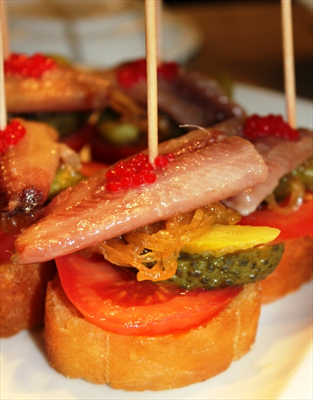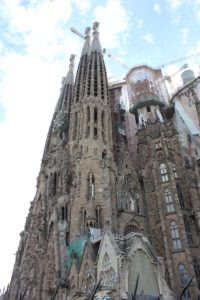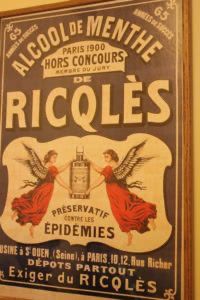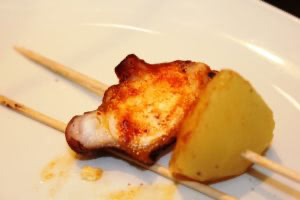Lloret de Mar – A Gem of the Catalonian Region
Located just seventy kilometers from Barcelona, Lloret de Mar is a booming tourist attraction and seaside resort. With more than seven kilometers of coastline and some of the most beautiful beaches in the country, Lloret de Mar is one of the most popular nightlife destinations in the world. But, this city can offer you much more than just round the clock parties. Read our guide to find out what are the must-do activities and best locations to see when visiting Lloret de Mar.
Image credit: https://commons.wikimedia.org/wiki/File:Lloret_de_Mar.jpg
The Next Big Party Destination – Costa Brava
Without any doubts, Lloret de Mar is the nightlife capital of Costa Brava. With dozens of popular nightclubs and specially-themed discos, visitors can enjoy never-ending fun and experience everything, from modern music to flamenco and music from the sixties and seventies. Most clubs open in the afternoon, although some venues are open at all times. Besides this, you can also visit beach parties or take a tour on one of several party boats cruising along the coastline every day.
Lloret de Mar Beaches
Even if you’re not that into partying and prefer relaxing on the beach and drinking cocktails while on vacation, This coastal region has a lot to offer to you. While not many people may know, there are actually many activities you can partake in Lloret de Mar that don’t involve the parties. The town is very famous for its beautiful sandy beaches, with some of the most popular ones being:
- Lloret beach – more than 1.5 kilometers long, this is the largest beach in Lloret de Mar and is named after the town itself.
- Fenals beach – the second largest and arguably the most beautiful beach in Lloret de Mar. More than 700 meters long, it is situated in a bay and sheltered by hills.
- Cala Boadella – Much smaller than the two above, Cala Boadella is a charming and secluded beach perfect for those who don’t like big beaches and heavy crowds.
- Sa Caleta cove – located right to Lloret beach, Sa Caleta cove is a fisherman’s cove that offers fantastic views of the coastline and fine sandy beaches.
Museums, Architecture, and Art
Despite being a town of a small population of just 37,000 people, there are a lot of sights to be seen in Lloret de Mar. From the church of Saint Roma to the Can Garriga Museum of the Sea, the City Dye Centre, it will take you a couple of days to get to every location. Plus, we didn’t even mention the most significant piece of history located in Lloret de Mar – St John’s Castle. Built in the 11th century, the castle is a building of cultural interest and has endured a long and rich history. It survived natural disasters like earthquakes and storms, as well as many attacks and raids over the ten centuries it stood on top of the hill between Fenals beach and Lloret beach.
Great Food
We’ve talked about the unique charm of the Catalonian region and everything that comes with it. This also applies to this charming coastal town that has the potential to be a significant economic contributor in the region, mainly through tourism. Besides unique location-based activities, most tourists also like to experience the local food of every location they visit.
When it comes to food, tourists visiting Lloret de Mar will find that the town offers very fascinating local cuisine, influenced by several cultures. Starting with the Phoenicians and Greeks, and then later the Romans and Carthaginians, all the way to the Arabs and Spanish Christians, the food in Lloret de Mar, and Catalonia in general, is a must-try for every gastronome.
The Best Time to Visit Lloret de Mar
It is the perfect summer destination. The weather is pleasant in April with around 25 degrees Celsius in the daytime. The high-season starts in June and lasts to mid-August, and this is the period when the town gets really crazy. If you want to enjoy the warm weather, swim and walk around town, but don’t appreciate the massive crowds, May and September are the perfect time to visit the town. If, however, you’re an adrenaline seeker who wants to experience everything this town has to throw at you during summertime, peak season then this is the perfect place.
Thinking of travelling to Spain?
As a food and wine lover, you may want to consider joining one of Dominique’s bespoke, small group Gastronomic Food Tours to Spain, travelling in 2021. Have a look at some of the highlights of her Spanish tours and see why Dominique has rave reviews for her personally escorted food tours.

